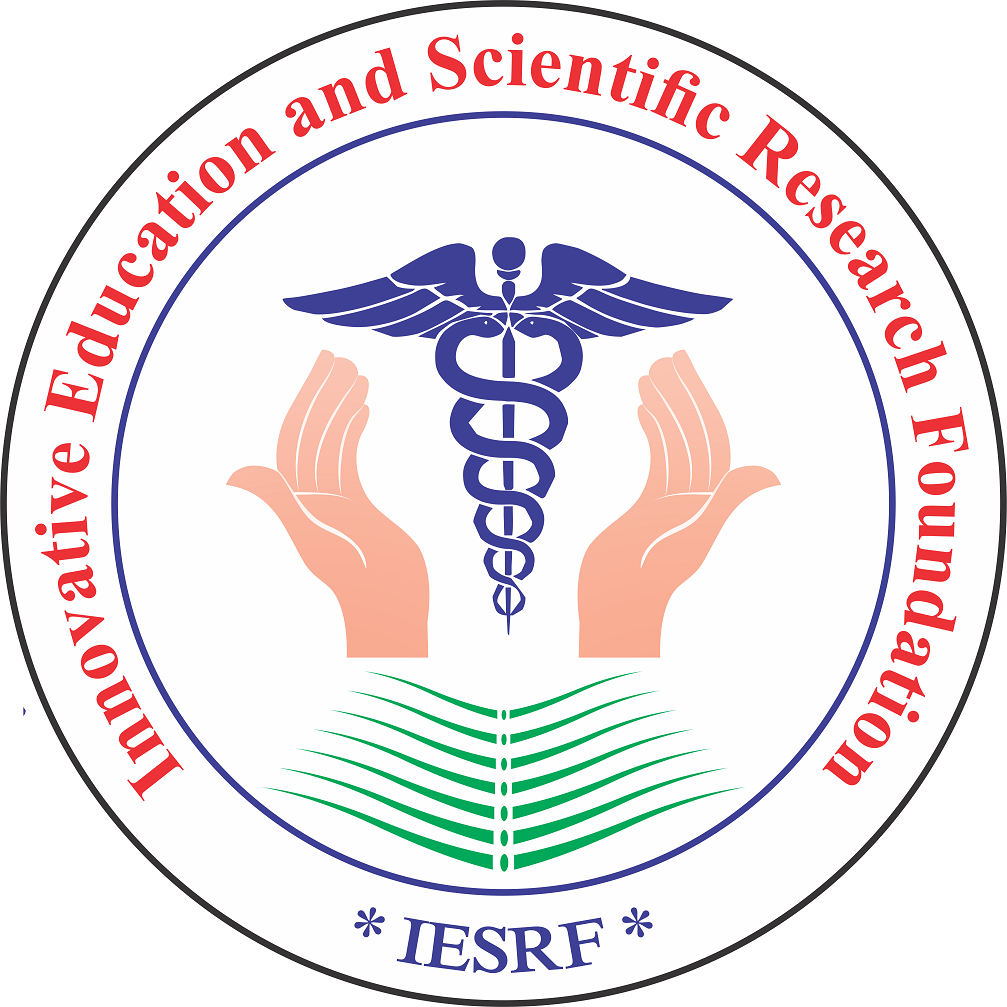Ahead of Print
Prevalence of Allergic Conjunctivitis amongst patients attending a tertiary care center in Lower Assam
Authors: Nabajyoti Borah, Rita Deka, Anjani Agarwalla, Sabrina Yasmin, Pranami Basyach, Saura Kamal Dutta
DOI: 10.18231/j.ijceo.10834.1761720487
Keywords: Allergic Conjunctivitis,Vernal Keratoconjunctivitis,Lower Assam,Prevalence,Asthma,Allergic Rhinitis,Atopic Dermatitis,Monsoon Season
Abstract: Purpose: To assess the prevalence of Allergic Conjunctivitis amongst patients attending a tertiary care center in Lower Assam. Materials and Methods: A Hospital based Descriptive Cross-sectional study was conducted at Department of Ophthalmology, Dhubri Medical College and Hospital for a duration of one year which included the patients of all ages diagnosed with allergic conjunctivitis attending the ophthalmology outpatient and inpatient departments of the hospital. A total of 20889 number of consecutive patients were enrolled in the study. A structured questionnaire was used to collect and study the following variables : Demographic characteristics: age, sex, residence (urban/rural), Clinical characteristics: symptoms (Itching, Redness, Watering, Frequent eye rubbing, Foreign body sensation, Mucoid/Ropy Discharge), Ocular examination findings: visual acuity, conjunctival hyperemia, papillae/ follicles, corneal staining, eyelid & eyebrow findings and Associated systemic & environmental factors. Result: Out of all patients attending the hospital during the study period, 9.53% were diagnosed with AC. The highest prevalence was recorded in the 0–15 years age group (67.96%), followed by the 16–30 years group (10.10%). Gender distribution was nearly equal, with a slight male predominance (51.83% male vs. 48.16% female). A significant proportion of cases (71.87%) were from rural areas. Dust was the most frequently reported allergen (79.86%), followed by pollen (57.66%) and animal fur/secretions (35.46%). The most common symptoms were itching (95.28%), foreign body sensation (90.61%), and redness (89.50%). Common clinical signs included conjunctival hyperemia (93.37%), palpebral follicles (73.48%), and papillae (53.69%). The majority of AC cases were reported during the monsoon season, with peaks in July (15.12%), June (13.51%), and May (12.91%). Statistically significant associations were found between AC and asthma (p = 0.0106), atopic dermatitis (p < 0.0001), and allergic rhinitis (p < 0.0001). Environmental factors such as dust, pollen, and smoke were also significantly associated (p < 0.0001). Age, gender, and residence showed notable correlations. Seasonal allergic conjunctivitis (SAC) was the most prevalent subtype and was strongly associated with allergic rhinitis. Perennial allergic conjunctivitis (PAC) was more common in urban populations. Vernal keratoconjunctivitis (VKC) was predominant among children, while atopic keratoconjunctivitis (AKC) was more frequent in older individuals with atopic dermatitis. Conclusion: Allergic conjunctivitis is a prevalent condition in Lower Assam, with environmental, demographic, and seasonal factors influencing its occurrence. The study highlights the significant association of allergic conjunctivitis with allergic rhinitis, asthma, and atopic dermatitis. The presence of environmental allergens such as dust, pollen, and smoke significantly contributes to AC.
